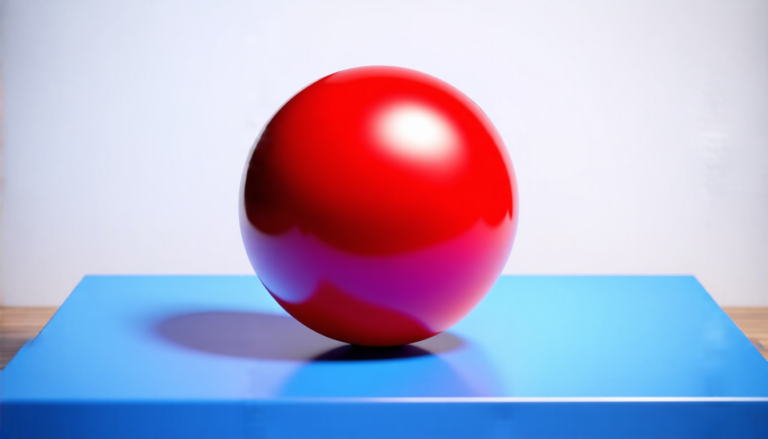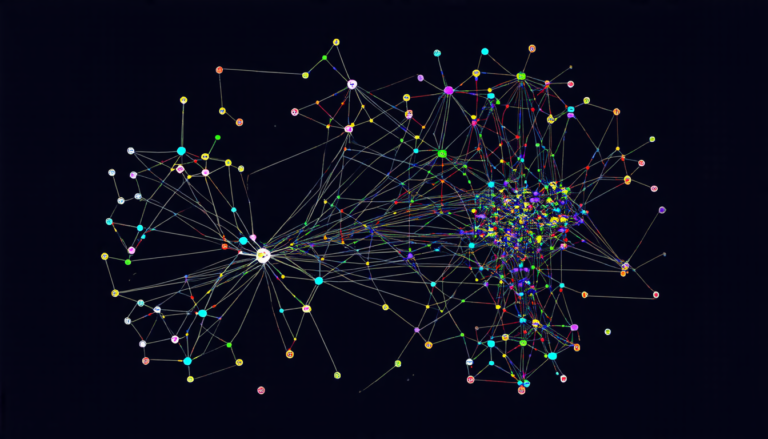Wednesday 19 March 2025
Financial risk management is a critical component of modern business, and researchers have been exploring new ways to improve its accuracy. One promising approach involves leveraging quantum technology to generate truly random numbers, which can be used to simulate financial scenarios and estimate risk metrics.
Traditional methods for generating random numbers rely on algorithms and are inherently deterministic, meaning they follow predictable patterns. However, in finance, randomness is crucial for accurately modeling uncertain events and estimating potential losses. Quantum computers, on the other hand, use the principles of quantum mechanics to generate truly random numbers, which can be used to create more realistic simulations.
A recent paper explored the application of quantum random number generation (QRNG) to financial risk management. Researchers used a QRNG system provided by the Australian National University to generate random numbers and compared the results with those from traditional methods. The study found that the QRNG system produced more accurate estimates of value-at-risk (VaR), a key metric used to assess portfolio risk, as well as conditional value-at-risk (CVaR), which measures the potential loss exceeding VaR.
The researchers also tested the QRNG system on a scenario-based analysis using the Scenario X SaaS platform. This platform allows users to simulate various financial scenarios and estimate risk metrics. The results showed that the QRNG system produced more accurate estimates of VaR and CVaR compared to traditional methods, with slightly lower values indicating greater precision.
One key advantage of QRNG is its ability to generate truly random numbers, which can improve the accuracy of financial simulations. Traditional methods rely on pseudorandom number generators (PRNGs), which are designed to mimic randomness but can still exhibit patterns and biases. In contrast, QRNG systems use the inherent randomness of quantum mechanics to produce true randomness.
The study’s findings have important implications for financial risk management. By using QRNG to generate random numbers, researchers can create more accurate simulations of financial scenarios, which can help investors and portfolio managers make more informed decisions about their investments. Additionally, the results suggest that QRNG could be used to improve the accuracy of risk metrics such as VaR and CVaR, which are critical components of financial regulation.
The paper’s authors note that while the study demonstrates the potential benefits of QRNG for financial risk management, there are still challenges to overcome before it can be widely adopted. For example, the cost and availability of quantum computers may limit their use in some applications.
Cite this article: “Quantum Random Number Generation Enhances Financial Risk Management Accuracy”, The Science Archive, 2025.
Quantum Technology, Financial Risk Management, Random Numbers, Algorithms, Quantum Computers, Value-At-Risk, Conditional Value-At-Risk, Scenario-Based Analysis, Pseudorandom Number Generators, Financial Regulation.







